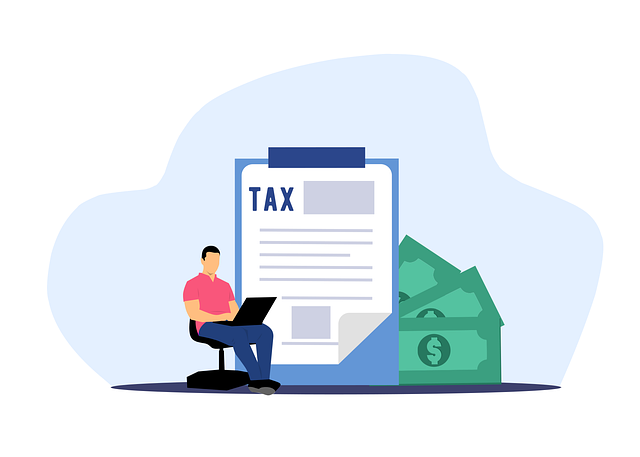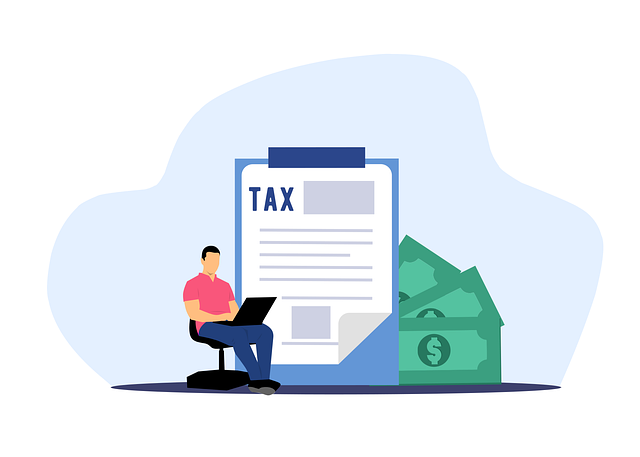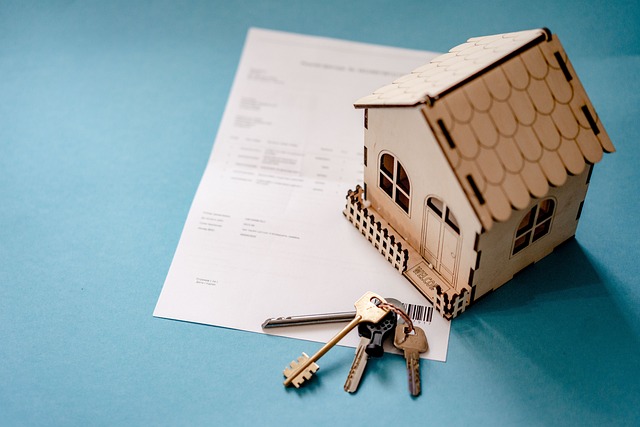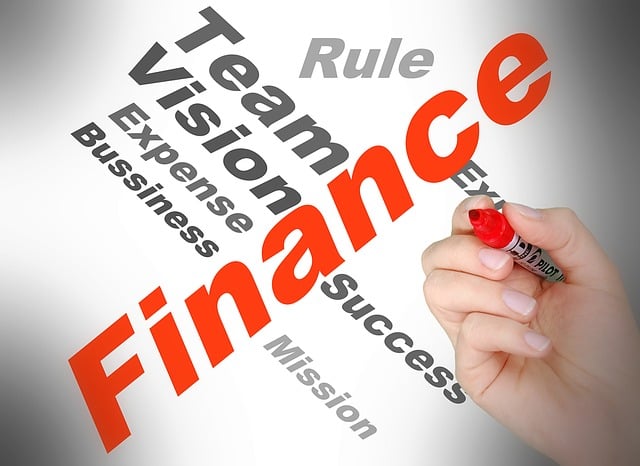Multiple debts create stress and higher interest charges, but consolidating them into one loan with lower rates offers significant benefits: reduced monthly payments, freed-up cash flow, potentially saved money on interest, and improved financial control. Evaluating your creditworthiness and choosing between secured or unsecured loans is key. Simplifying repayment with strategies like the debt snowball or avalanche method maximizes savings. Debt consolidation, like Sarah's story shows, provides peace of mind and financial stability by transforming complex obligations into a manageable single loan.
Tired of juggling multiple bills? Discover how consolidating your debts into one simple monthly payment can transform your financial life. This powerful strategy, known as debt consolidation, allows you to combine and repay your debts more efficiently. By understanding the impact of multiple debts and choosing the right loan type, you can take control of your finances. Follow our step-by-step guide for securing a debt consolidation loan and learn effective strategies for repayment success. Explore real-life stories for inspiration as you embark on this financial journey to unlock your freedom from debt.
- Understanding the Impact of Multiple Debts
- Benefits of Consolidating Debt into One Loan
- Choosing the Right Type of Loan for Consolidation
- Steps to Secure a Debt Consolidation Loan
- Effective Strategies for Repaying the Consolidated Loan
- Real-Life Success Stories: Debt Consolidation in Action
Understanding the Impact of Multiple Debts

Multiple debts can create a complex financial landscape, making it challenging to manage and often leading to increased stress and anxiety. Each debt has its own set of terms, interest rates, and repayment schedules, which can make keeping track a cumbersome task. Moreover, when multiple lenders are involved, borrowers may be paying more in interest over time without even realizing it.
Consider the potential benefits of consolidating debt into one loan. This process involves taking out a new loan to pay off existing debts, often with a lower interest rate and a simplified repayment plan. By consolidating, individuals can reduce their monthly payments, free up cash flow, and potentially save money on interest charges. It’s a strategic move that can offer financial relief and help borrowers regain control over their finances.
Benefits of Consolidating Debt into One Loan

Consolidating debt into one loan offers a multitude of benefits that can simplify your financial life. By bundling multiple debts into a single repayment, you gain clarity and control over your finances. This strategic move streamlines billing cycles, making it easier to keep track of just one payment each month. Moreover, a consolidated loan often features a lower interest rate, which can save you significant money in the long run compared to managing several high-interest debts separately.
Additional advantages include improved cash flow and enhanced credit score. With debt consolidation, you’ll experience reduced monthly payments, freeing up funds for other essential expenses or savings goals. This process also simplifies the overall debt management journey, making it less overwhelming and increasing the likelihood of successful repayment.
Choosing the Right Type of Loan for Consolidation

When considering debt consolidation, selecting the ideal loan type is a pivotal step to unlocking financial freedom. The primary goal is to consolidate debt into one loan—a strategic move that simplifies repayment and often reduces interest rates. In this regard, there are two common approaches: secured and unsecured loans. Secured consolidation involves using an asset, such as your home or vehicle, as collateral, which can lead to lower interest rates but carries the risk of losing the asset if you default. Unsecured loans, on the other hand, don’t require collateral but typically come with higher interest rates and stricter credit requirements.
Evaluating your financial situation is crucial. If you have a strong credit history and a substantial down payment, an unsecured loan might be suitable. However, for those with less-than-perfect credit or limited assets, a secured consolidation option could provide access to the funds needed to pay off multiple debts, making it a powerful tool in managing debt efficiently.
Steps to Secure a Debt Consolidation Loan

Securing a debt consolidation loan can be a strategic move to simplify your financial obligations and gain better control over your finances. Here’s a step-by-step guide to help you navigate this process effectively. First, evaluate your current financial situation by listing all your debts, including credit cards, personal loans, and any other outstanding balances. Calculate the total amount owed and determine the interest rates associated with each debt. This step is crucial in understanding the scope of consolidation and the potential savings.
Next, consider your creditworthiness by checking your credit score and history. Lenders will assess your creditworthiness to decide loan terms and interest rates. A good credit score can lead to more favorable conditions. Research different lenders and compare their loan offers, focusing on factors like interest rates, repayment periods, and any associated fees. You can approach traditional banks, credit unions, or online lenders for quotes. Once you’ve selected a suitable lender, prepare the necessary documents, such as identification, proof of income, and details of your existing debts. This process may take some time, but it’s essential to ensure you’re making an informed decision that aligns with your financial goals.
Effective Strategies for Repaying the Consolidated Loan

Consolidating your debt into one loan can be a powerful strategy to simplify your monthly financial obligations and save money on interest. Once you’ve taken this step, implementing effective repayment strategies becomes crucial for achieving debt freedom faster. A popular approach is the debt snowball method, where you prioritize paying off debts in order from smallest to largest balance, regardless of interest rates. This tactic provides an immediate sense of accomplishment and can motivate you to keep going.
Alternatively, the debt avalanche method focuses on tackling high-interest debts first while making minimum payments on others. While it might not offer the same psychological boost as the snowball method, it saves you more money in interest charges over time. Regularly reviewing your budget and adjusting payment amounts where possible can also accelerate repayment. Consider automating your loan payments to ensure consistent, on-time deductions from your bank account, thereby avoiding late fees and maximizing the impact of each dollar you contribute.
Real-Life Success Stories: Debt Consolidation in Action

In a world where financial obligations can often feel overwhelming, countless individuals have found relief through debt consolidation—a strategy that involves combining multiple debts into one single loan with a lower interest rate. This approach not only simplifies repayment but also offers psychological peace of mind, making it easier to manage finances effectively. Real-life success stories abound, with many people sharing their transformative journeys towards financial freedom after embracing this method.
For example, consider Sarah, a young professional who found herself burdened by student loans, credit card debt, and a personal loan. By consolidating her debts into one comprehensive loan, she reduced her monthly payments significantly, freeing up a substantial portion of her income that she previously devoted to interest charges. This newfound financial flexibility allowed Sarah to invest in her future, save for emergencies, and even start planning for a down payment on a home. Her experience serves as a powerful reminder that debt consolidation can be a game-changer, helping individuals regain control over their finances and achieve long-term financial stability.















